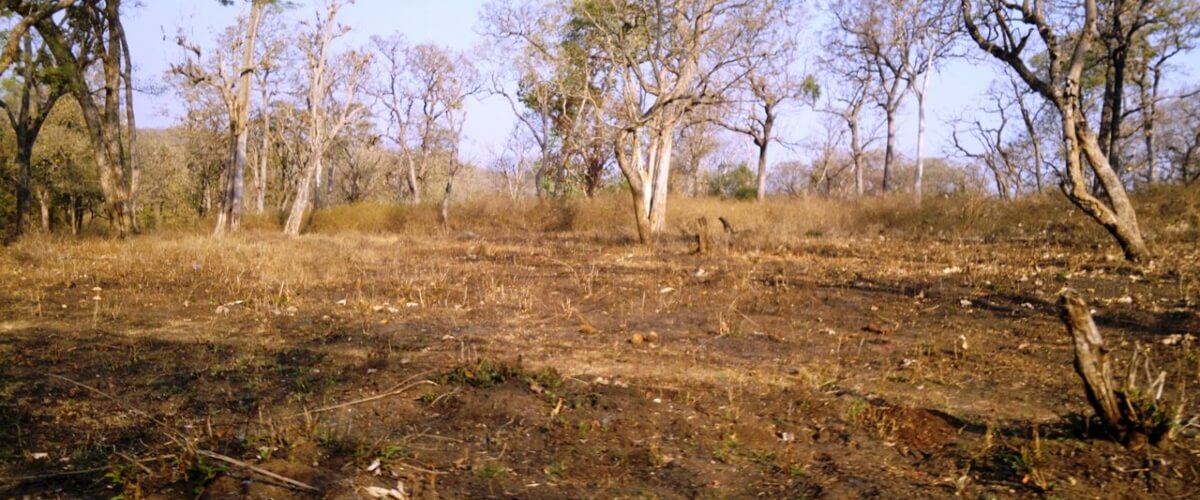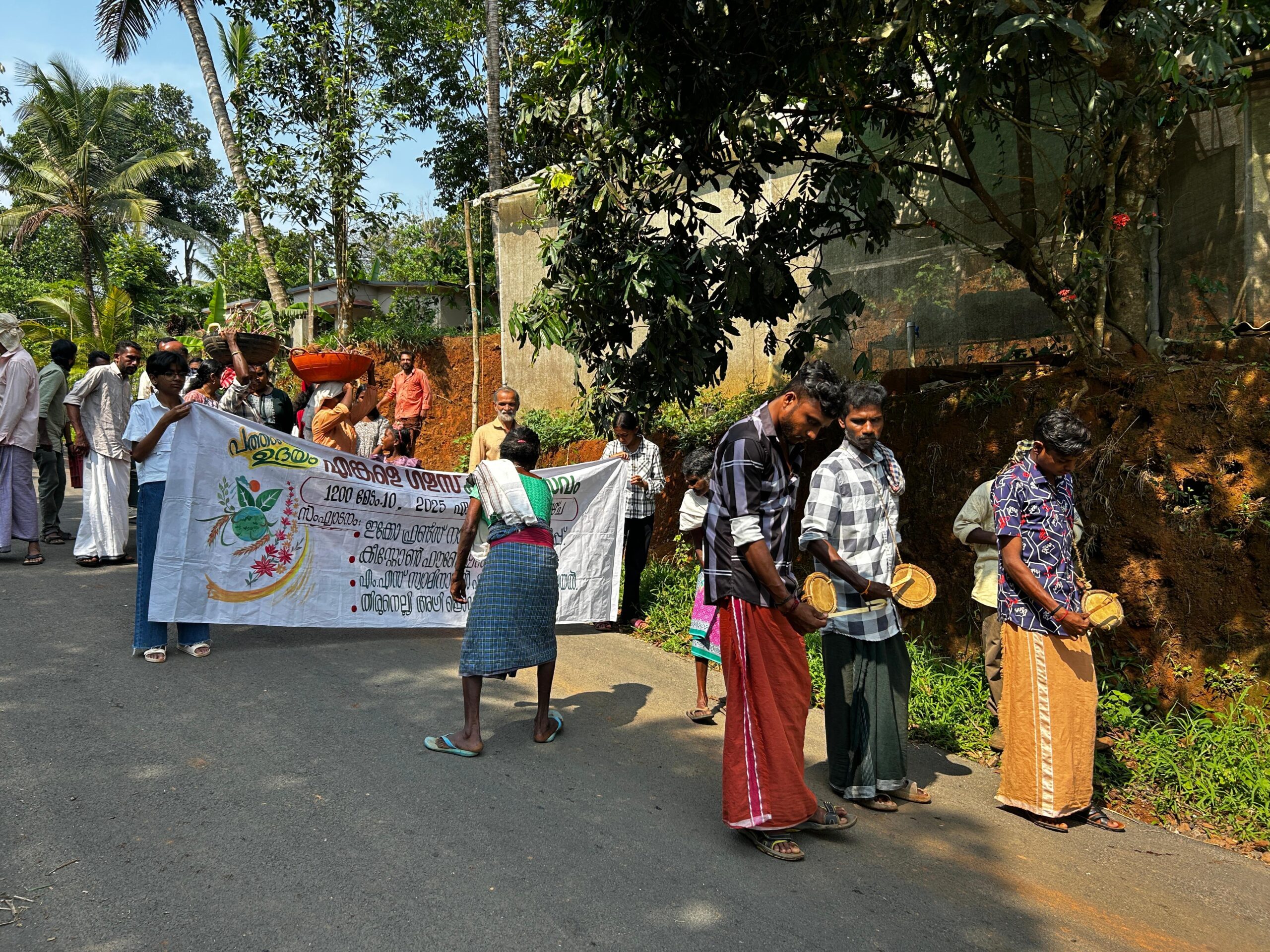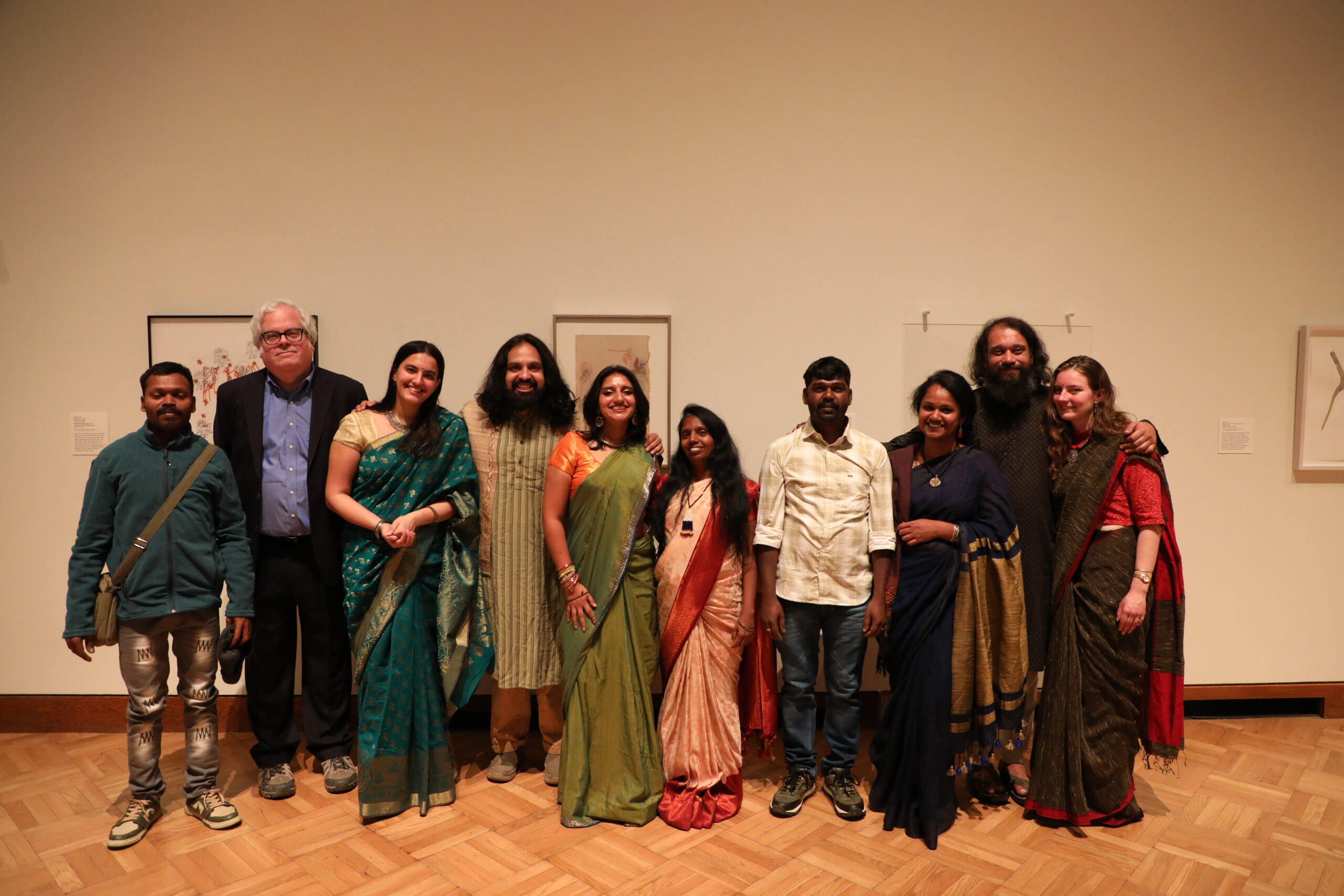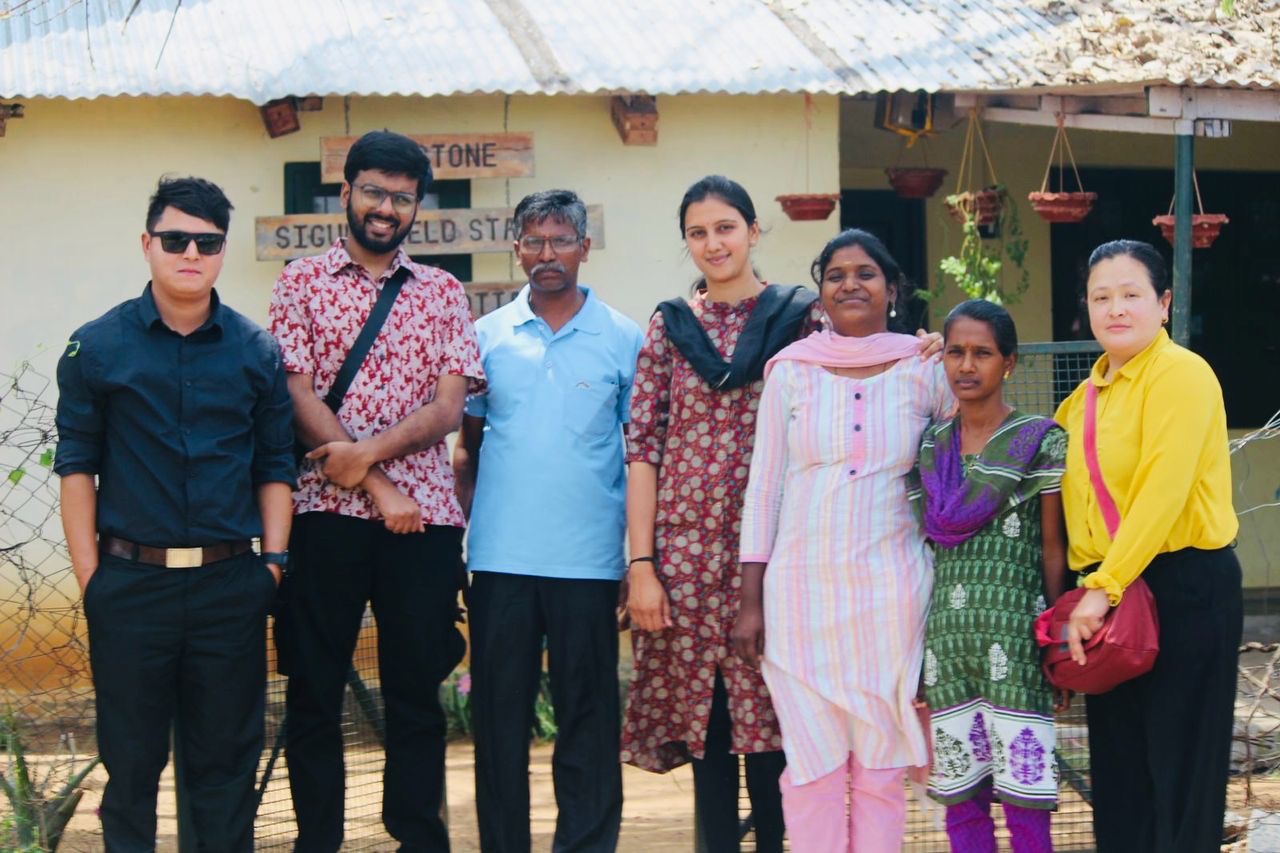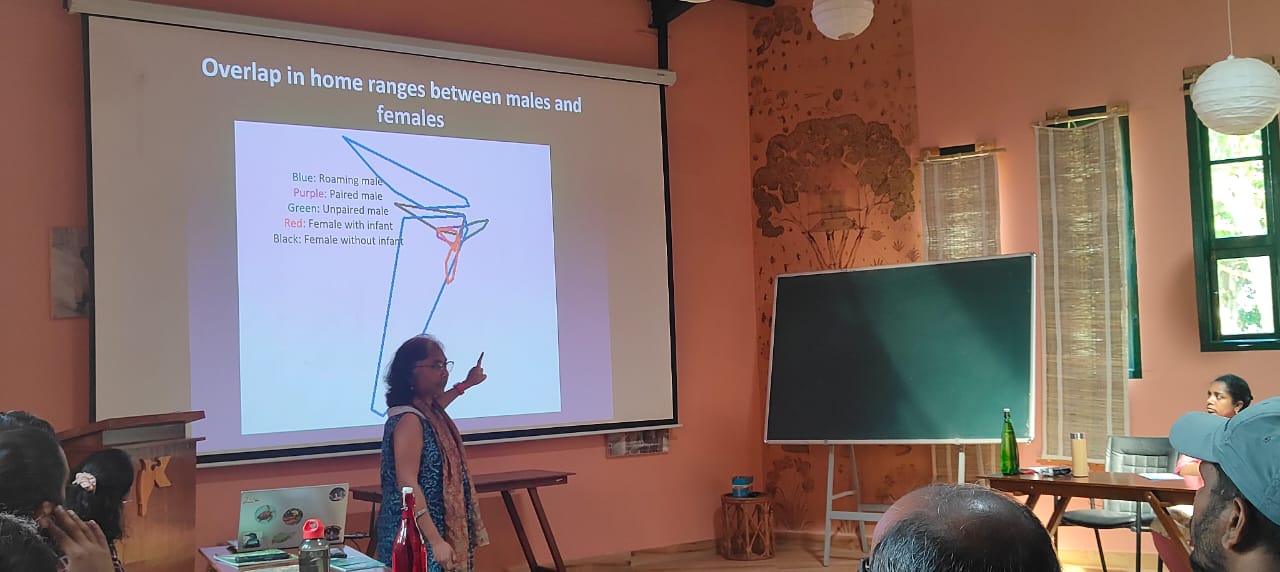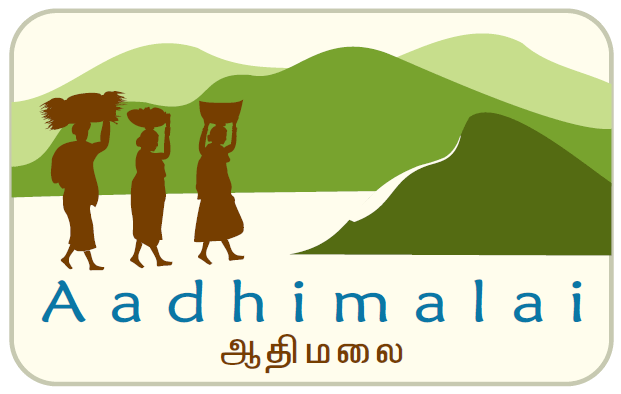“We are finding it hard to eat nowadays because we are so scared to go and collect firewood. Even if we pick up a fallen stick they will catch us and put a case on us.”
–says Saroja, a now-single woman, who vividly remembers her husband being fined and jailed for carrying firewood from the forest on top of being served with a tree-felling case a few years back.
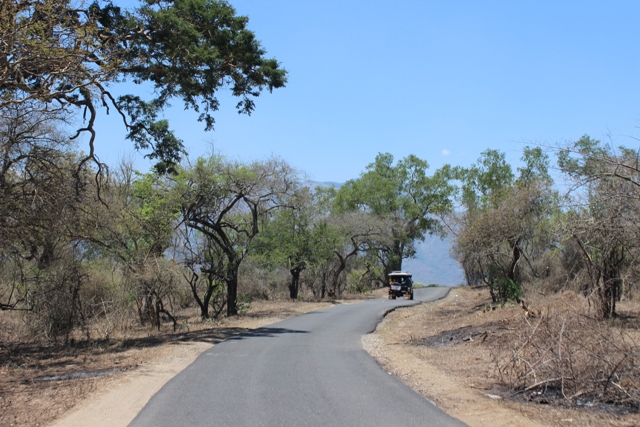
By KARTY JazZ – Own work, CC BY-SA 4.0, https://commons.wikimedia.org/w/index.php?curid=48789337
In TN alone, more than 25 crores have been allocated towards the “centrally sponsored scheme of Project Tiger” and approximately 327 lakhs have been released towards “integrated development of wildlife habitats”.
Having been declared a Critical Tiger Habitat in the December of 2007, a year later, Mudumalai became a site of heavy protestations by affected villagers opposing the move, while Masinagudi became the hotspot for the culmination of rallies vehemently carried out by villagers and activists, alike, to call out on the Forest Department’s attempts at alleged harassment, intimidation, and suppression/with holding of information from those predicted to be most affected by this move. Thequestion of flouting consent was ominous.
Nearly a decade after the protestations against the establishment of MTR, on 27th September 2017, Anaikatti, Siriyur, and Chokkanalli villages of the Sigur Plateau in the Nilgiris District were given Individual Forest Rights (IFRs) under the provision of the Forest Rights Act, 2006.
The Act defines this as: “right to hold and live in the forest land under the individual or common occupation for habitation or for self-cultivation for a livelihood by a member or members of a forest-dwelling Scheduled Tribe or other traditional forest dwellers…”
Amidst much celebratory presentation, some 200 residents of these villages were given their respective IFR documents in Ooty in the presence of the Revenue and Forest Departments, albeit, with a catch! The documents they were given came with ambiguities and omissions and were written in English to top it off,besides allocating a smaller area than applied for!
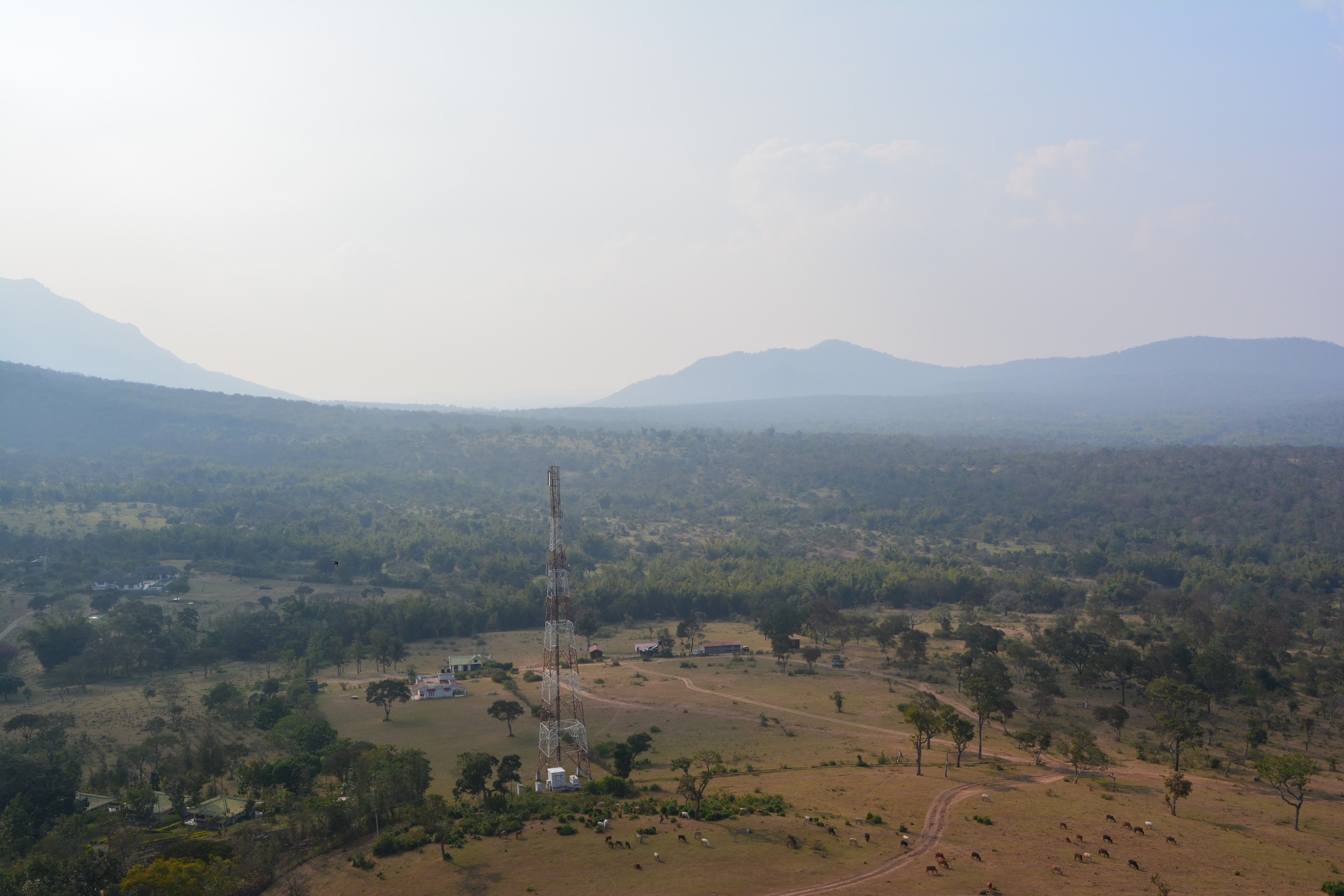
By Gautam Singh – Own work, CC BY-SA 4.0, https://commons.wikimedia.org/w/index.php?curid=49252609
Moreover, what seemed amusing at this point was the almost simultaneous distribution of IFRs and the announcement of plans to expand the Tiger Reserve, which was to impinge upon the forest lands of the very people who were given their IFR titles. Bantan and Punitha, a couple then residing in Chokkanalli lamented, “With these pattas we can’t be moved out of our house, but what is the point if we can’t go into the forest anymore.” They further poignantly (yet, rhetorically) ask, “Why will they listen to us?”
Despite having landmark legislation such as the Forest Rights Act, 2006 in place the Wildlife Protection Act (1972) was the dominant logic dictating the status quo then and thereafter. In fact, in the post-FRA scenario, an intensification of FD patrolling in addition to the expansion of the tiger reserve steadily affecting the collection of NTFPshas become the new normal for the Adivasi communities. Discussions with the FD even today regarding the same are often futile exercises, with them offering only directions asking the community to apply for CFR titles- the very roundabout process which evidently has not proven to be beneficial to its supposed beneficiaries. However, the process of applying for CFR and even anticipating for the title is quite a long wait.
In fact, we fear that a kind of ‘claim-fatigue’ may have crept-in. This means that the multiple roadblocks to applying for CFRs besides the long waiting period to receive titles might in itself act as a hindrance in the first place, therefore, pushing people to resort to far ‘easier’ ways of leading a life. This is done in the most systematized and legitimized manner as possible.
For instance, the Nilgiris North Division Working Plan for 2005-2015 (this includes Mudumalaiand its adjacent forests), says: “This working circle aims at mitigating the problems faced by the tribal communities living in enclosures, helping them to attain gainful employment outside the forest and thereby bringing them into the mainstream of society, and relieving the forests from the pressure of sustaining the tribal population.” It continues later by saying, “…the only method to make the forest-dependent tribal communities permanently self-dependent is to provide employment to adults outside the forest and to prepare the tribal children to gain employment outside the forest when they become adults.”

For a tiger reserve such as the MTR, challenges exist in the form of eco-tourism; unavailability of prey for the tigers due to hunting by the community (who are deemed ‘criminals’ despite hunting being a traditionally-practiced livelihood activity); increasing anthropogenic pressures in the form of land-use changes; increasing market-demand for NTFPs (e.g. medicinal plants, resins, fruits, honey) and resultant intensification of resource-harvest; and non-inclusive approval of development projects in fragile ecosystems. All of these factors (and perhaps more) compound and make conservation efforts difficult on top of pressurizing for a livelihood-shift of the native communities.
The systemized and gradual drawing out of people residing ancestrally deep inside the forests is both a hard reality, as much as, it is metaphorical in its essence. It is problematic precisely because, time and again, development is being prescribed as the only remedy to the ills created by development, therefore, only further deepening the cleft between ‘livelihoods’ and ‘conservation’. Moreover, the enhanced portrayal of the ‘resource-intensive’ ways of the communities in addition to the ‘claim-fatigue’ further reinforce the State’s doubts on the communities’ ability to organize and manage themselves and their forests.
The conservationist lobby’s solution of “incentive-driven voluntary relocation” might seem like a democratic move. But, yet again, flouts the inherent connectedness of the ecosystem. This depicts intolerance towards lives, lifestyles, and livelihoods different from ours and a willful choice of wanting to live in a bubble where human and ‘wild’ lives are adamantly demarcated for ease of ‘management’.
Nevertheless, COVID-19 appears to have presented an uncanny situation for those Adivasis who managed to take these new ways of lives in their stride. In many of our working areas, it was witnessed that the very Adivasis who went out of their homelands to earn a living suddenly had to return to their respective villages due to having lost their job or having been asked to take a temporary, but, indefinite, break from work. An inability to make ends meet beyond the gradual fading-out of COVID-19 relief packages was something that forced the now nearly-cosmopolitanized youth to dig their feet back into farming. Incidentally, we were also facilitating activities related to the revival of millet-cultivation under the APPI project in the form of land-clearing and seed-support to listed beneficiaries. The only solace was that most of the Adivasi community members in our working areas have obtained their IFR titles- which meant that they could carry out agricultural activities on their own lands without obstructions.
However, theciting of this pandemic-induced trend does not pre-empt one from asking morepertinent questions like “What is this illusion of ‘provision of rights’? Whatis the point of doing the bare-minimum possible by giving out IFRs, which is byitself a hollow title without a CFR?” “What is it that still poses as ahindrance to the production of authentic and flawless title-deeds to handover tothe rightful citizens?’
Perhaps the onlyrespite can be found in a full-fledged implementation of the FRA, 2006, inaddition to arming tribal communities with the tools and information they willrequire to persevere through the often tumultuous process of gaining ‘rights’.Moreover, on a different tangent, it requires understanding; trust; and someself-control on the part of stakeholders who are in the position of supportingto refrain from wanting to teach tribal communities to live ‘better’. Needlessto say, tribal communities have lived, managed and held themselves and theirforests together for a far longer time before a Constitution came intoexistence.
By Jyotsna Krishnakumar & Abhirami Murthy

